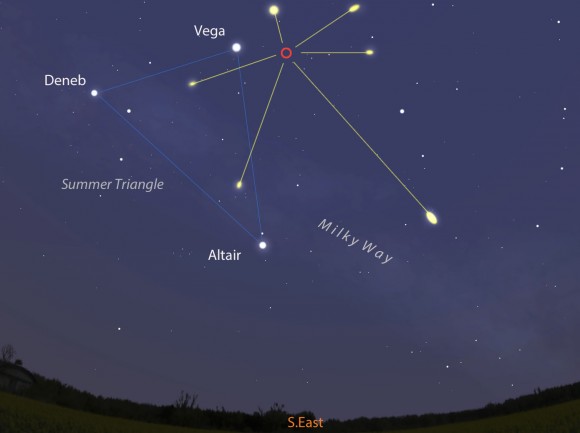
The International Space Station, as seen from Space Shuttle Endeavour in May 2011.
(Image Source: Wikipedia.org )
By MARCIA DUNN
AP Aerospace Writer /
April 30, 2013
CAPE CANAVERAL, Fla. (AP) — NASA is paying
$424 million more to Russia to get U.S. astronauts into space, and the
agency’s leader is blaming Congress for the extra expense.
NASA announced its latest contract with the
Russian Space Agency on Tuesday. The $424 million represents flights to
and from the International Space Station aboard Russian Soyuz
spacecraft, as well as training, for six astronauts in 2016 and the
first half of 2017.
That’s $70.6 million per seat — well above the previous price tag of about $65 million.
Russia currently provides the only means of
getting people to and from the space station, and its ticket prices have
soared with each new contract.
NASA Administrator Charles Bolden said if Congress had approved the space agency’s request for more funding for its commercial space effort, the latest contract would have been unnecessary. He is urging full funding of the Obama administration’s 2014 budget request of $821 million for the commercial crew program.
NASA Administrator Charles Bolden said if Congress had approved the space agency’s request for more funding for its commercial space effort, the latest contract would have been unnecessary. He is urging full funding of the Obama administration’s 2014 budget request of $821 million for the commercial crew program.
Sources: Associated Press News Wire Service, Boston Globe.
Official NASA News Release - NASA Extends Crew Flight Contract with Russian Space Agency:
Link >>> http://www.nasa.gov/home/hqnews/2013/apr/HQ_C13-027_Soyuz_Services.html
gaw
Glenn A. Walsh, Project Director,
Friends of the Zeiss < http://friendsofthezeiss.org >
Electronic Mail - < gawalsh@planetarium.cc >
About the Author: < http://buhlplanetarium.tripod.com/#GAW >
SPACE & SCIENCE NEWS, ASTRONOMICAL CALENDAR:
< http://buhlplanetarium.tripod.
Twitter: < https://twitter.com/spacewatchtower >
Facebook: < http://www.facebook.com/pages/
Blog: < http://spacewatchtower.
Author of History Web Sites on the Internet --
* Buhl Planetarium, Pittsburgh:
< http://www.planetariu p.m. m.
* Adler Planetarium, Chicago:
< http://adlerplanetarium.
* Astronomer, Educator, Optician John A. Brashear:
< http://johnbrashear.tripod.com >
* Andrew Carnegie & Carnegie Libraries:
< http://www.andrewcarnegie.
* Civil War Museum of Andrew Carnegie Free Library:
< http://garespypost.tripod.com >
* Duquesne Incline cable-car railway, Pittsburgh:
< http://inclinedplane.tripod.
* Public Transit:
< http://andrewcarnegie2.tripod.
















